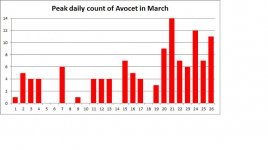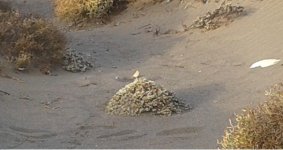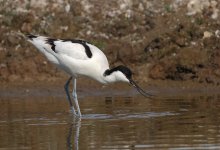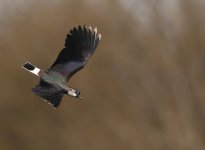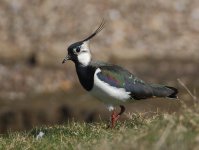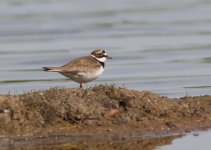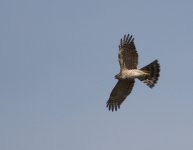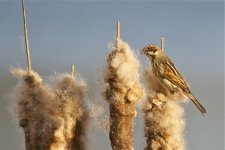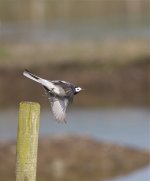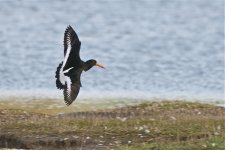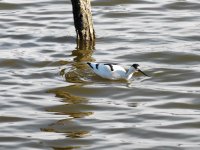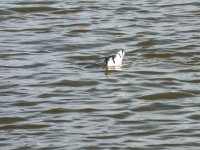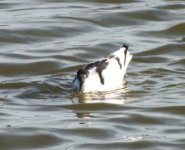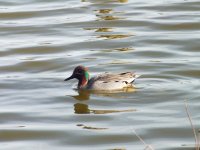forgetfulelephant
Well-known member
Cheers John - will be interesting to see how the ER reed-bed will responding to any works; as has previously been commented (by Des?) it has looked very dry in recent years.
This morning's sightings were as follows (I will assume that Sy's wader counting skills were hampered by the mist):
SAILING POOL
11 GC Grebe, 1 Coot, 1 Mute Swan, 2 Little Grebe
FLASHES
11 Avocet, 4 LRP, 2 Oyks, 9 Coot, 5 Moorhen, 7 Lapwing, 14 Teal, 2 LBB Gull, c50 BH Gull
MOORS POOL
2 Shelduck, 6 Gadwall, 12 Shoveler, 2 Teal, 33 Tufted Duck, 4 Oyks, 1 Little Grebe, 3 GC Grebe, 4 Cormorant, 2 Mute Swan, 1 Grey Heron, 5 Moorhen, 27 Coot, 2 LBB Gull, c350 BH Gull, Raven over
As stated earlier, there were at least 6 (more likely 7) Chiffchaffs singing this morning and that was without venturing into the Education Reserve. Nice to hear the singing "properly" and not the Cetti's style song of thei Canary Island counterparts (now split as a full species).
To add to the count on the Moors: 2 G Heron, Green Woodpecker (3 fly-bys) , Sparrowhawk, Buzzard, 2 Lapwing, Chiff Chaff singing in hedge to left of East hide, Kingfisher (2 fly-bys) 1 Curlew, 2 Snipe.
Rob





